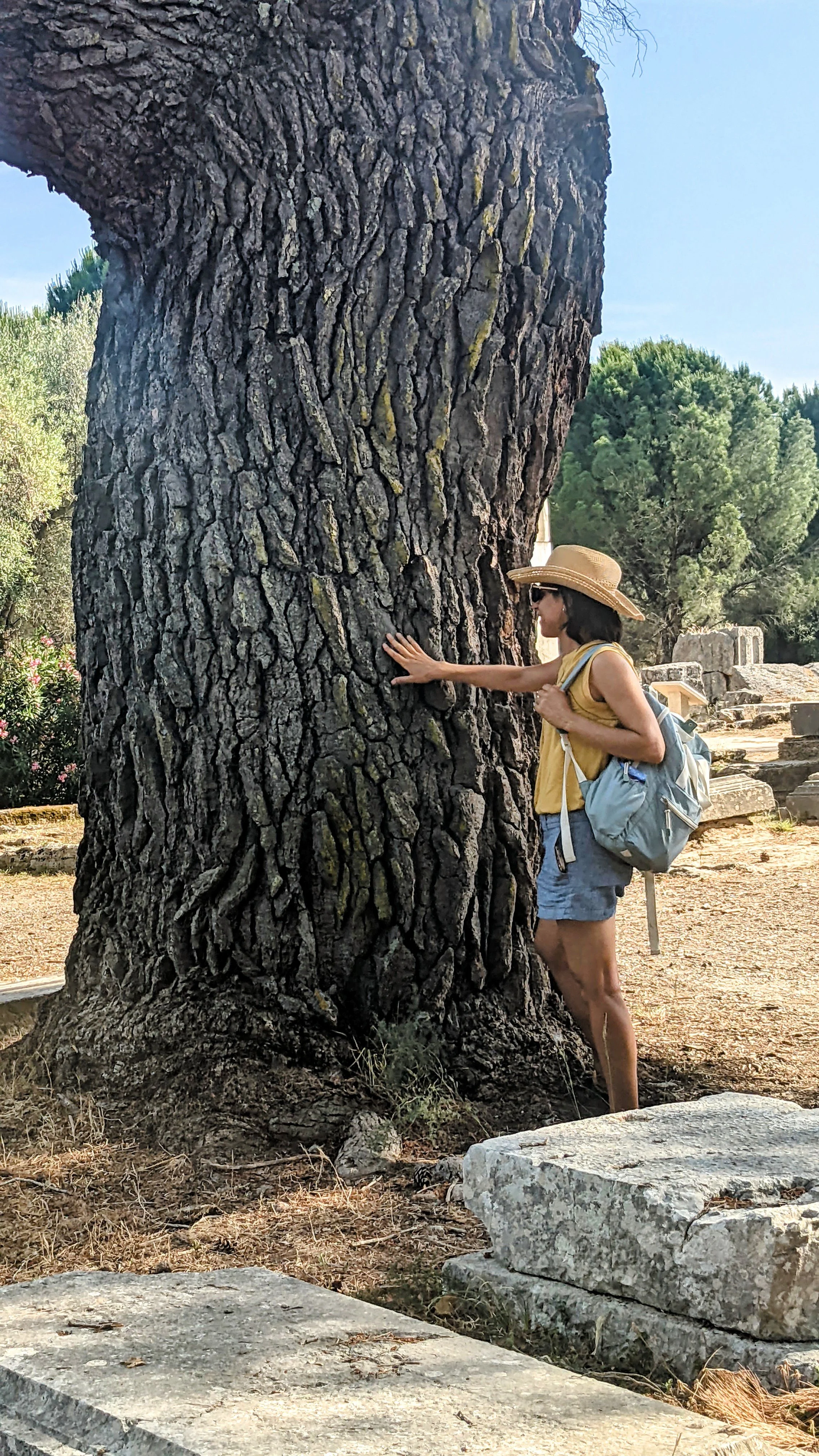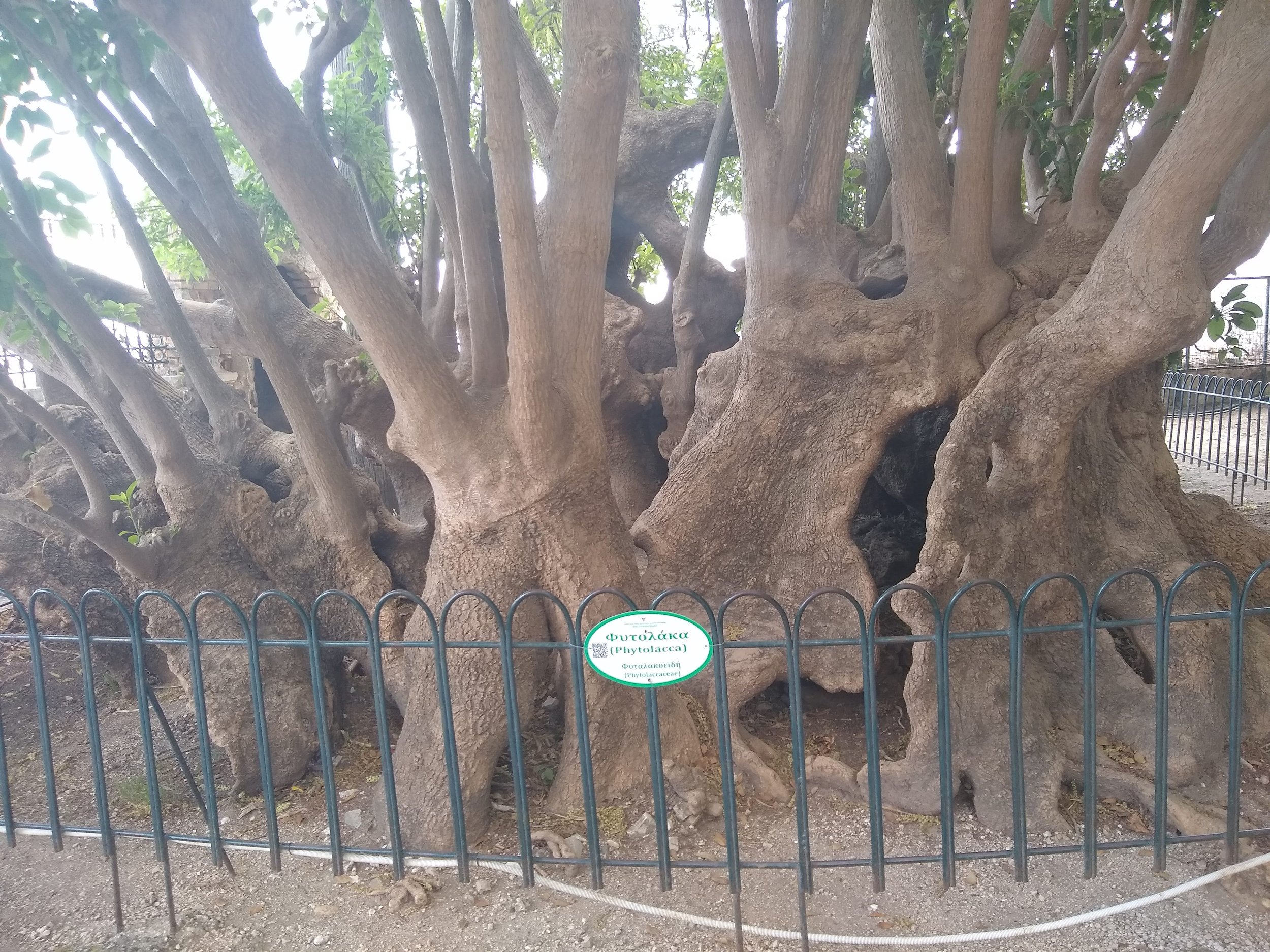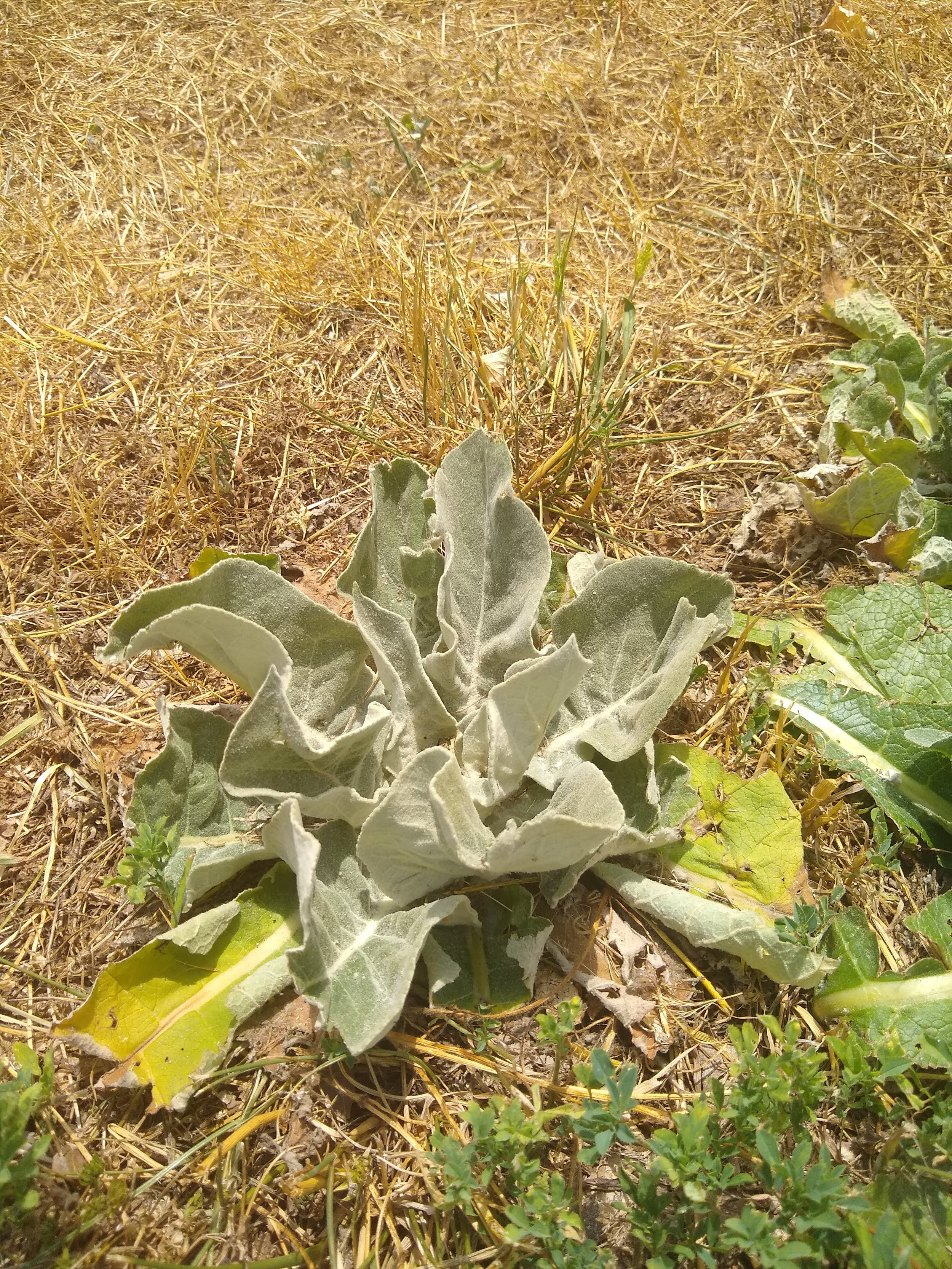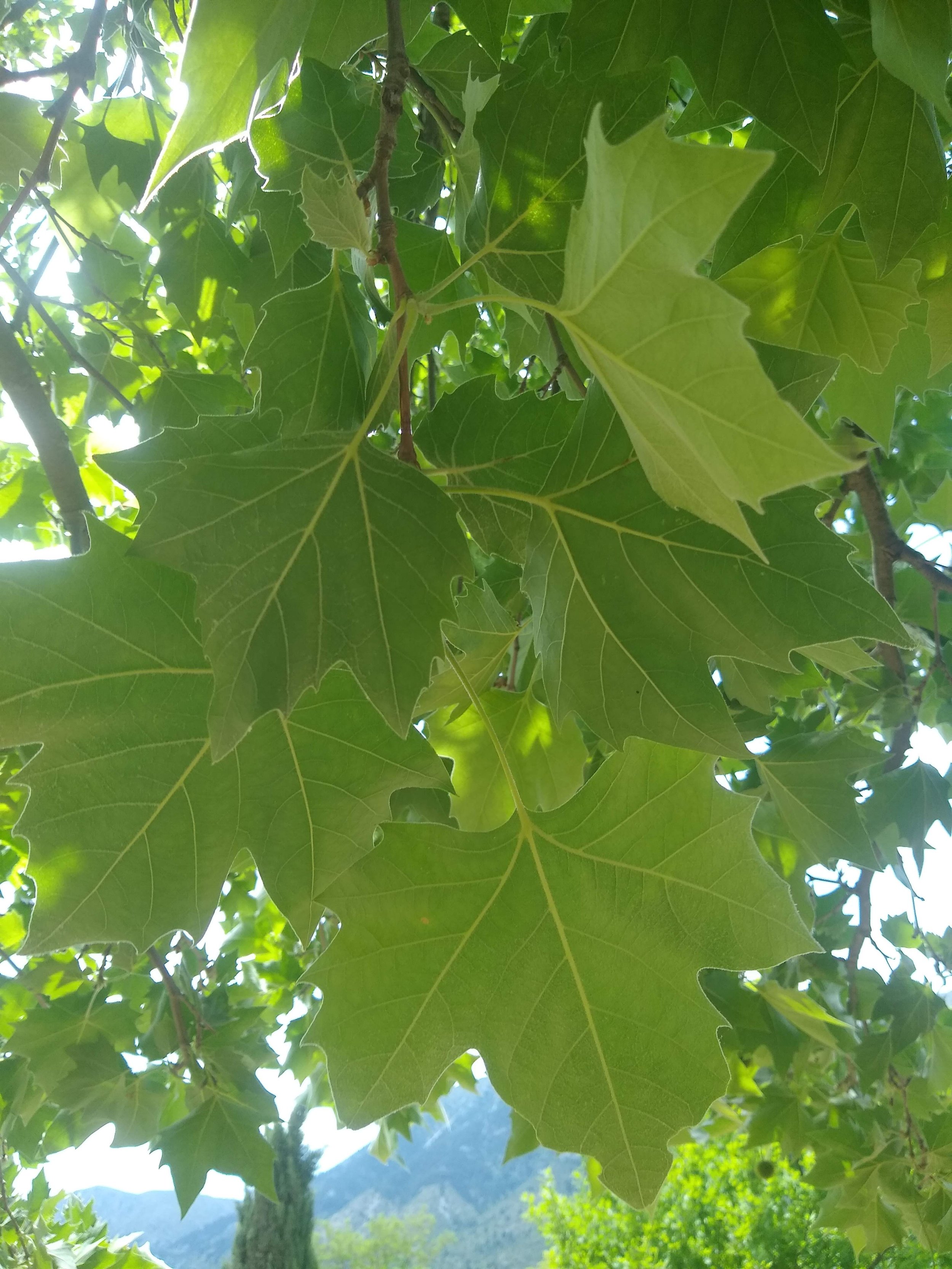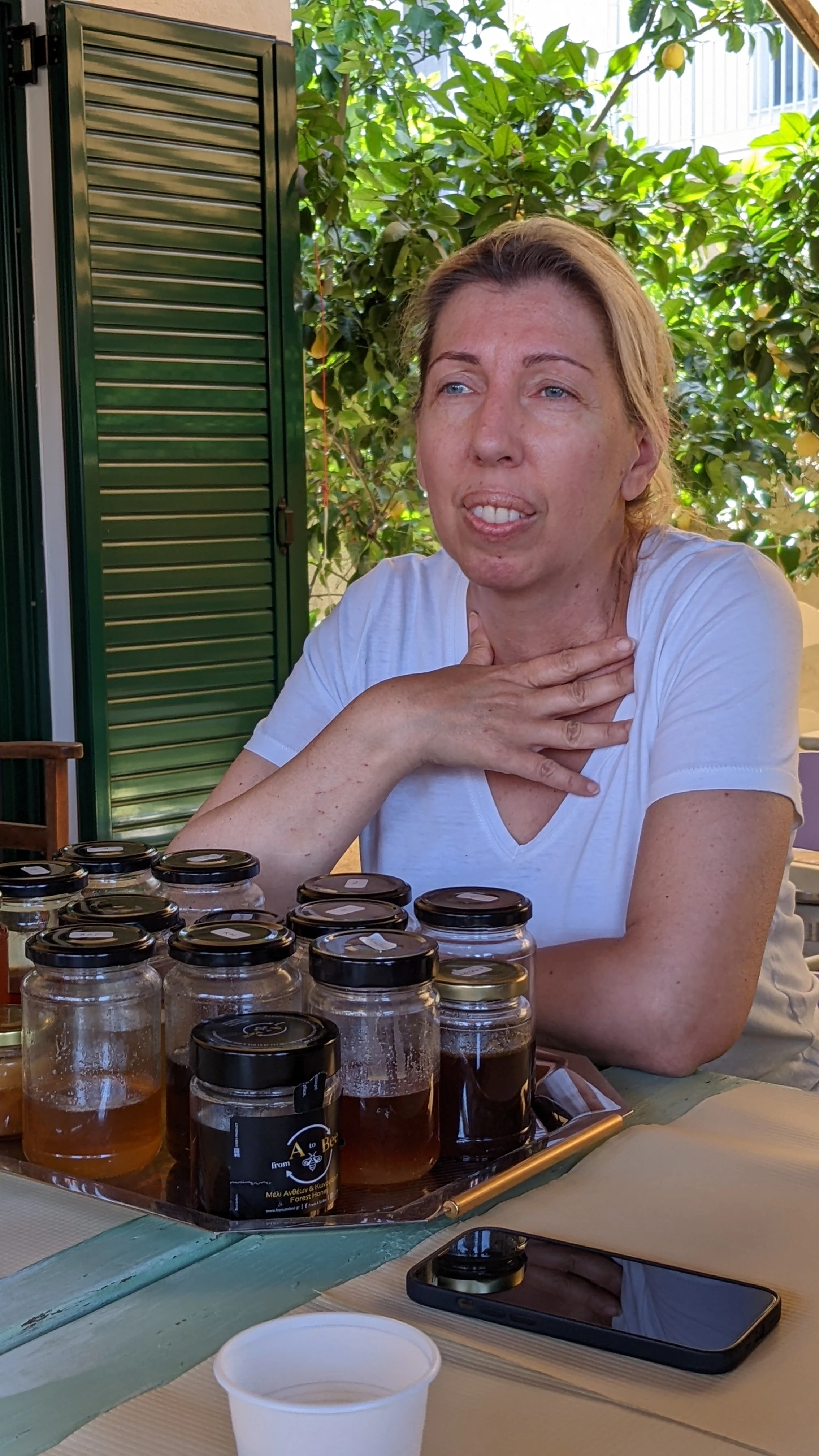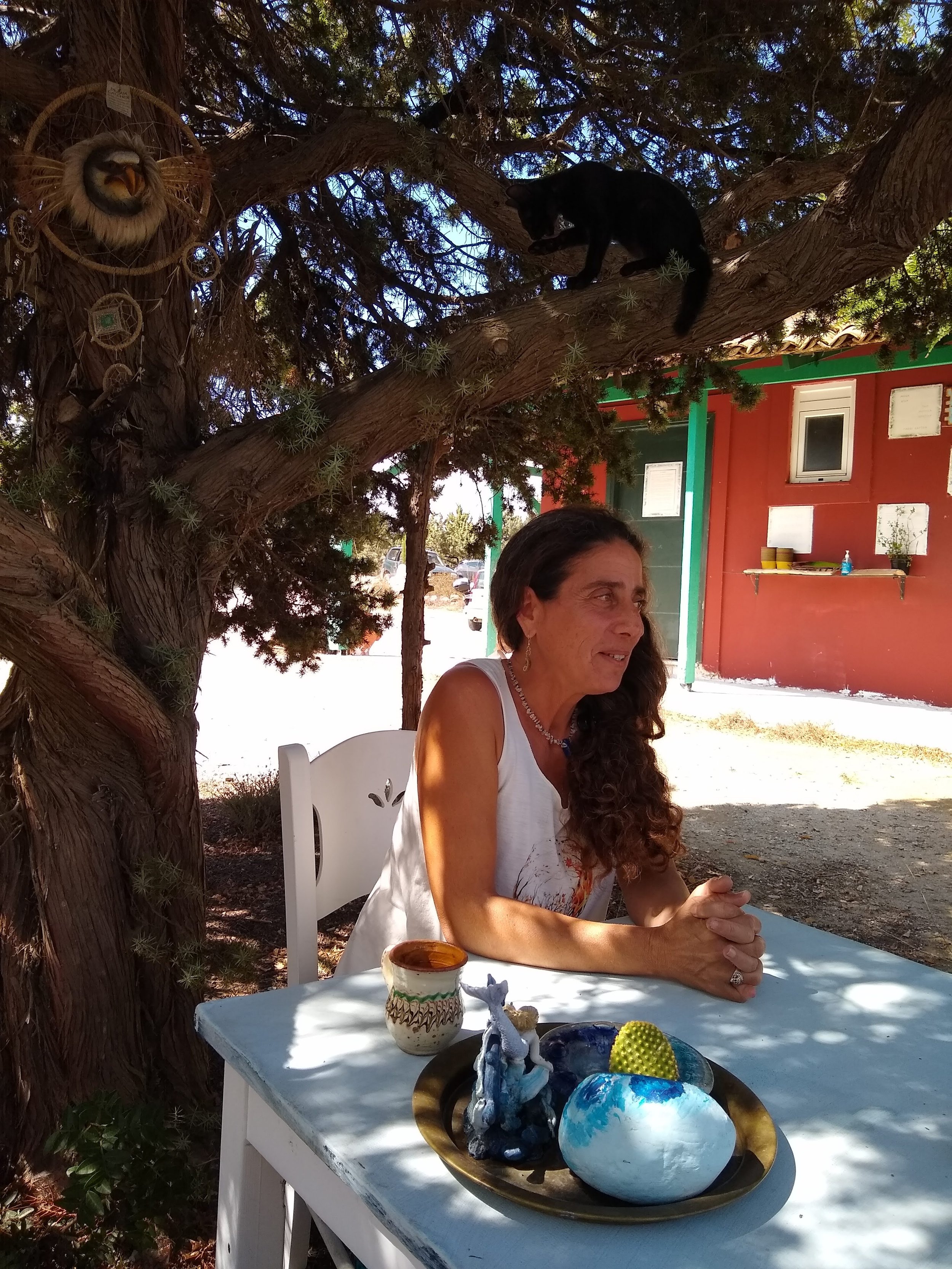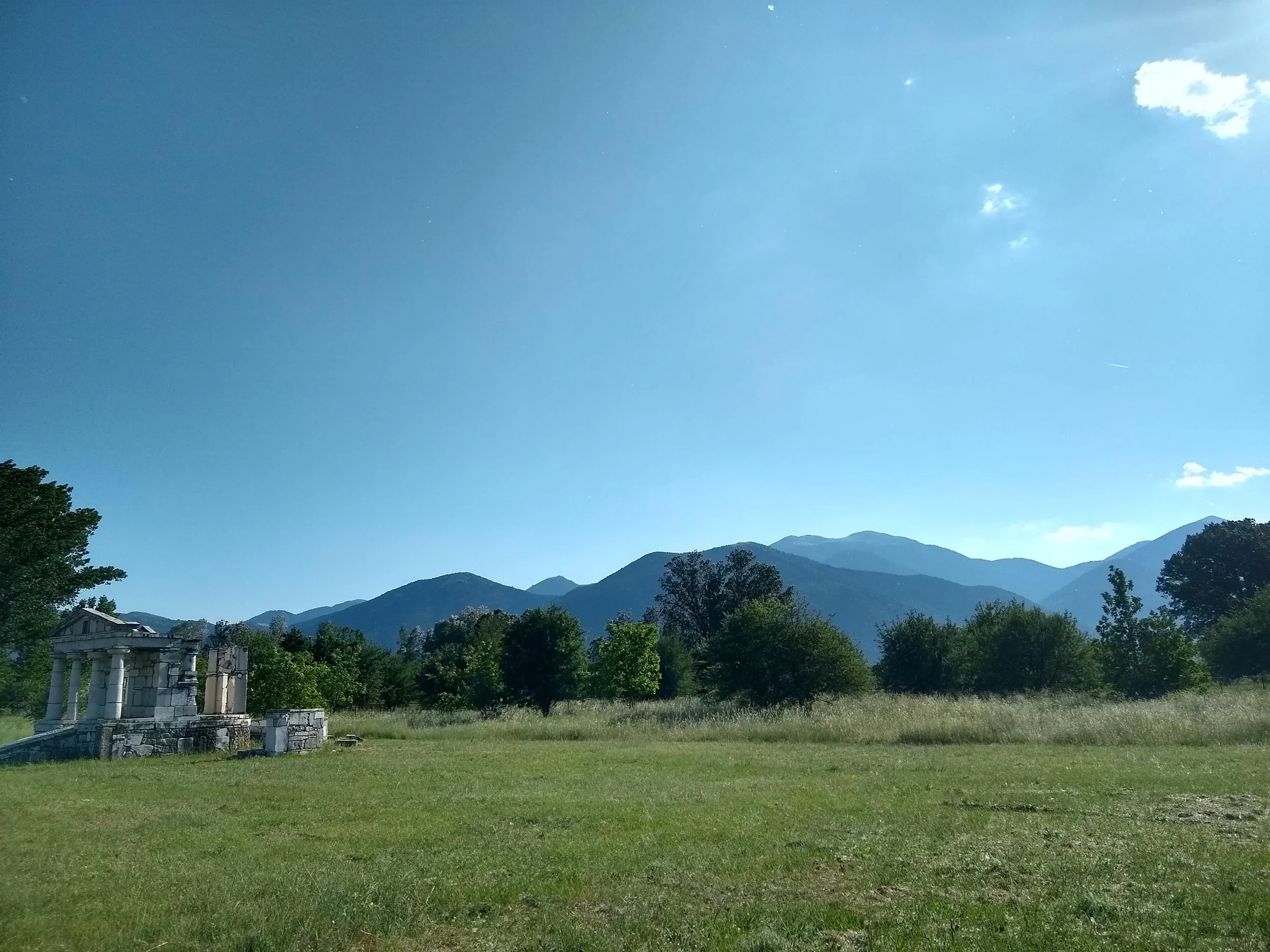
Ancient Medicine for Modern Times: Engaging with Plants & Learning from Women
This project was made possible by a grant from the Ancient Worlds, Modern Communities initiative of the Society for Classical Studies, New York University.
The Ancient Medicine for Modern Times project explores ancient Greek medicine, which was infused with traditional folk remedies and herbal medicines, through the lens of a clinical herbalist.
Ancient medicines were often made with a variety of local plants that we can still engage with today. These medical recipes were written about by ancient (male) physicians, including Enquiry Into Plants by Theophrastus (4th century BCE) and De Materia Medica by Dioscorides (1st century CE). Undoubtedly, these important texts, among others that survived, offer valuable information about how plants were used and for what purposes. Eventually, they helped form the basis of European and Western pharmacopeia. Exploring the fascinating history of these plants written by ancient physicians honors the plants themselves and helps bring to light their legacy in modern-day herbal medicine.
There are, however, gaps in our knowledge. Modern scholarship about ancient Greek medicine, which is also dominated by male authors, fails to speak about ancient medicinal plants as living plant medicine. Understandably, academia tends to focus on archaeological and written evidence about medicine in the Mediterranean region and the (male) physicians who played key roles in developing medicine. While these ancient people are long gone, the plants remain with us. I believe that these plants have much to teach us when we examine their ancient uses with a modern lens.
In both ancient and modern texts, men have been the dominant voices of medicine in both antiquity and today. Yet, throughout history, women have played central roles as family caregivers, midwives, herbalists, and physicians. For various reasons, women’s voices have been secondary in the practice of medicine.
It is my goal to gain knowledge that cannot be found in scholarly books or articles, and yet, offer insightful information on medicinal plants in Greece.
My project focuses on these two aspects of medical traditions:
Engage with the plants of Greek antiquity to bring to attention their historical importance and medicinal value that can still be applicable today.
Elevate women’s voices in the field of herbalism in modern Greece.
Through both of these activities, my goal is to elevate modern-day applications of ancient medicinal plants from the perspective of women for the benefit of our collective health.
Also important to note is that many plants written about in ancient Greek medical texts were also used in ancient Roman, Islamic, Egyptian, and Levant medicines. By recognizing that each of these medical systems contributed significantly to our knowledge of herbal medicine today is yet another important reason to explore the historical role of these plants.
Ultimately, this project aims to recognize the contributions of and relationships between both plants and women in the history of human health.
ENGAGING WITH LIVING MEDICINE
Part 1: Educational Plant Tours in greece
One of the most effective ways to learn about plants is to spend time with them! This aspect of my project focused on researching native plants that were prized both in antiquity and today. Greece offers an impressively rich biodiversity of plants. A recent study by the Convention on Biological Diversity estimated that there are 6,600 species and subspecies of Greek flora, of which 1,278 are endemic. Both the mountain and seaside biospheres have historical and cultural importance, as many of these species of trees and plants were used as food, medicine, and in sacred rituals in ancient Greece. Most notably, the ecosystems on the island of Crete, central Greece, and the Peloponnese are prime ecological hotspots.
Understanding the terrain of Greece helps guide the creation of educational plant tours. I have identified a variety of flowers, shrubs, and trees that offer insights into both modern and ancient Greek culture. In collaboration with local herbalists and herb growers, I have created content for plant walks that can be offered throughout much of Greece for all levels of interest and age. These tours blend myths, ancient medicines, and modern-day herbal applications.
The experiences are offered in:
Athens: The National Garden, Mount Ymittos, and Mount Penteli
Kythera: Herbal Medicine Tour to Honor Juliette de Bairacli Levy
Crete and other locations to be added soon
ELEVATING WOMEN’S VOICES
Part 2: Meeting with local herbalists
Over the course of 2022, I met with women folk herbalists, elders, and villagers who work with or incorporate medicinal plants in their daily lives. I traveled to various areas of Greece to collect traditional herbal recipes (that they were willing to share!) and to learn about the role of medicinal plants in their personal lives. What I have discovered is a shared appreciation for the Greek landscape and the bounty that nature provides.
This part of the project is called Preserving Herbal Traditions and is an ongoing project that, with the help of public submissions, will grow into a collection of treasured Greek herbal remedies for all to enjoy.
The Preserving Herbal Traditions project will culminate in a series of articles highlighting the women I have met and their contributions to preserving important cultural and herbal traditions in Greece. From a local beekeeper to an herbalist to a winemaker, these women are inspirational both for their dedication to their work and for their commitment to preserving timeless traditions.
You can read about the Preserving Herbal Traditions series on The Herbal Column.
resources + Additional links
herbalists, artisans, & Farmers in Greece
bibliography
The knowledge I have accumulated on modern and ancient Greek herbal medicine comes from too many sources to list. Here is an abbreviated list if you are interested in exploring additional resources:
Arnott, R. (1996). Healing and medicine in the Aegean Bronze age. Journal of the Royal Society of Medicine, 89, 265-70.
Błaśkiewicz, M. (2014). Healing dreams at Epidaurus: Analysis and interpretation of the Epidaurian iamata. Miscellanea Anthropologica et Sociologica 15 (4): 54–69.
Budge, E.A.W. (1978). Herb-doctors and physicians in the ancient world: The divine origin of the craft of the herbalist. Ares Publishers.
Carod-Artal, F. (2013). Psychoactive plants in ancient Greece. Neurosciences and History, 1(1): 28-38.
Convention on biological diversity. (n.d.). 5th national report of Greece. Retrieved June 13, 2022, from https://www.cbd.int/doc/world/gr/gr-nr-05-en.pdf
Dioscorides, P., Osbaldeston, T. A., & Wood, R. P. (2000). De materia medica: Being an herbal with many other medicinal materials: written in Greek in the first century of the common era: a new indexed version in modern English. Johannesburg: IBIDIS.
Foley, B., Hansson, M., Kourkoumelis, D., & Theodoulou, T. (2012). Aspects of ancient Greek trade re-evaluated with amphora DNA evidence. Journal of Archaeological Science, 39(2), 389-398.
Hamilton, E. (1942). Mythology: Timeless tales of gods and heroes. New York: The New American Library.
Harissis, H. (2014). A bittersweet story: The true nature of the laurel of the Oracle of Delphi. Perspectives in Biological Medicine, 57(3), 351-60.
Heilmeyer, M. (2007). Ancient Herbs. Getty Publications.
Hippocrates (1931). Hippocrates: Volume IV: Nature of man (W.H.S. Jones, Trans.). Loeb Classical Library. (Original work published ca. 185 BCE).
Jouanna, J. (2012). Greek medicine from Hippocrates to Galen. Leiden, The Netherlands: Brill.
Legakis, A., Constantinidis, T., & Petrakis, P. (2018). Biodiversity in Greece. In T. Pullaiah (Ed.), Global biodiversity: Selected countries in Europe (pp. 71-113). Apple Academic Press.
Nutton, V. (2013). Ancient medicine. Routledge.
Pliny the Elder. (1950). Natural history. (H. Rackham, W.H.S. Jones, and D. Eichholz, Trans.). Cambridge: Harvard University Press. (Original work published 77 CE).
Riddle, J., & Estes, J. (1992). Oral contraceptives in ancient and medieval times. American Scientist, 80(3), 226-233.
Scarborough, J. (1991). The pharmacology of sacred plants, herbs, and roots. In C. Faraone & D. Obbink (Eds.). Magika Hiera: Ancient Greek magic & religion. (pp. 138-171). New York: Oxford University Press.
Tesseromatis, C. (2020). Drugs in Greek mythology and medicine. Journal of Medicinal Plant Studies, 8(2): 38-43.
Theophrastus. (1916). Enquiry into plants (Vol. I, books 1-5). (Hort, A.F., Trans.). Cambridge: Harvard University Press. (Original work published n.d.).
Totelin, L. (2009). Hippocratic recipes: Oral and written transmission of pharmacological knowledge in fifth-and fourth-century Greece. Brill.
Totelin L. (2015). When foods become remedies in ancient Greece: The curious case of garlic and other substances. Journal of ethnopharmacology, 167, 30–37.
Touwaide, A., & Appetiti, E. (2014). Food and medicines in the Mediterranean tradition: A systematic analysis of the earliest extant body of textual evidence. Journal of Ethnopharmacology, 167, 11-29.


